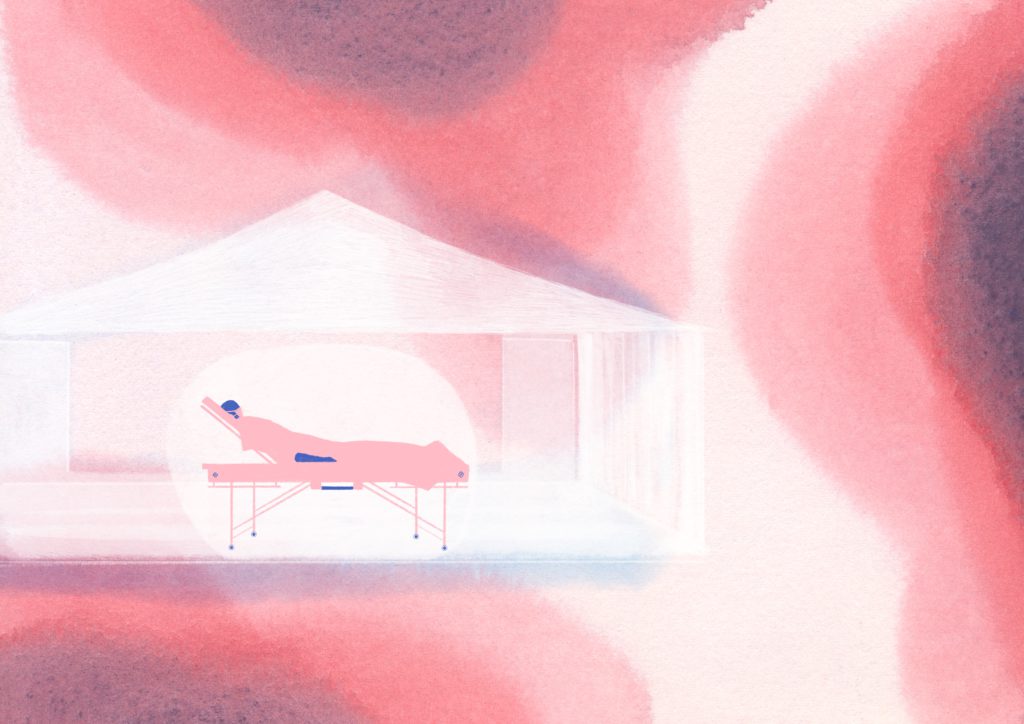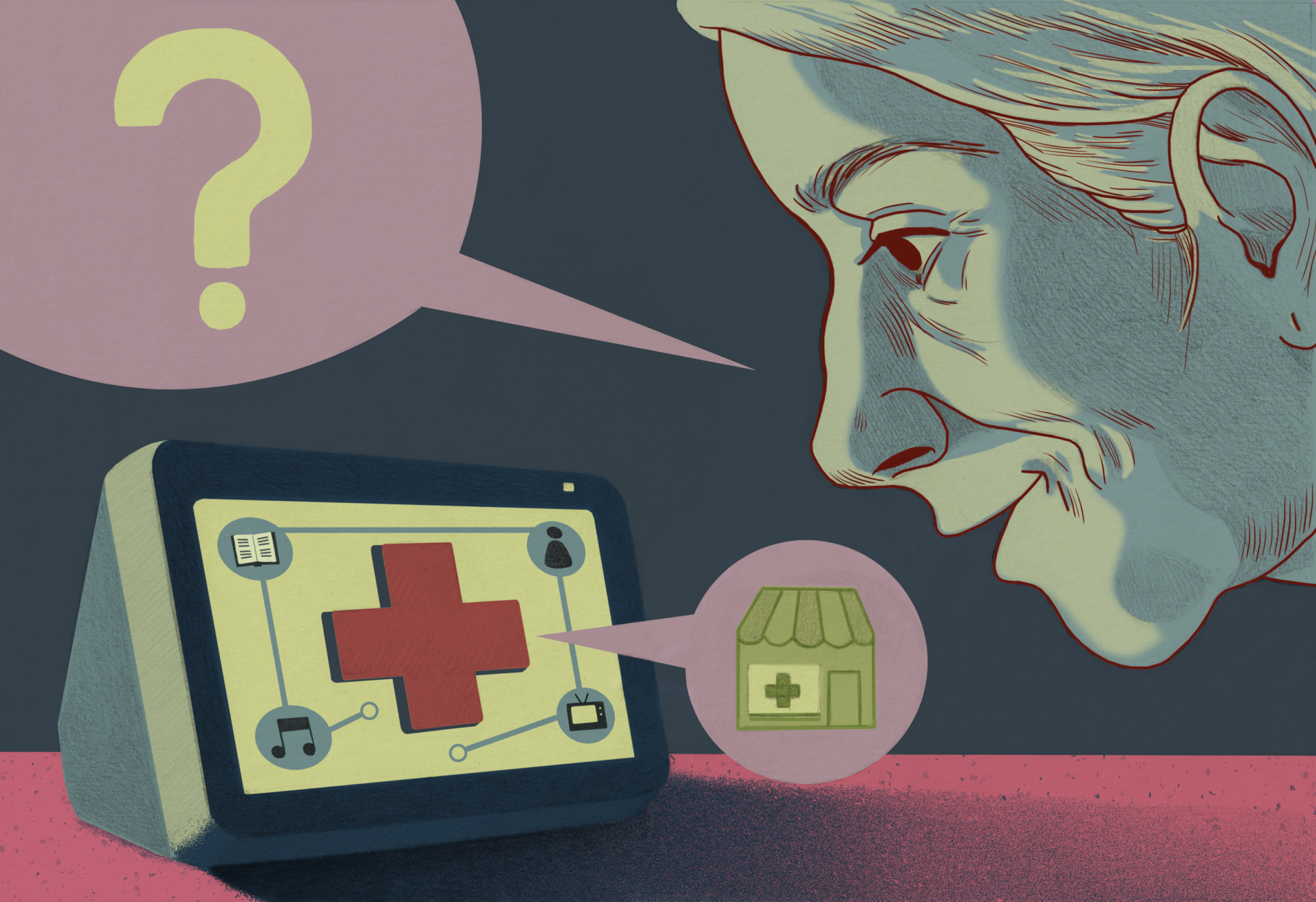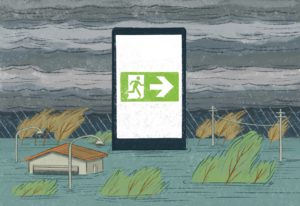
Description
The French Red Cross operates in the Democratic Republic of Congo (DRC) to fight against the Ebola Virus Disease outbreaks (3 successive outbreaks since May 2018). To ensure the isolation of people suffering from Ebola, the French Red Cross has designed “bubbles”, an innovative isolation device.
Context
The Democratic Republic of Congo is the fourth most populous country in Africa, with an estimated population of 92 million, but also one of the poorest countries on the continent. Most of the population lives below the poverty line and is shattered by numerous armed conflicts. The lack of infrastructure, particularly in the medical sector, further limits access to care for an already vulnerable population.
The French Red Cross works alongside National Red Cross or Red Crescent Societies to contribute to efforts to prevent and fight epidemics. The first major Ebola Virus Disease outbreak, affecting several countries simultaneously, occurred in Guinea, Liberia and Sierra Leone in West Africa between 2013 and 2016. It caused 11,315 deaths, including 968 health professionals, i.e. almost 10% of all deaths.
The tenth outbreak of 2018 in DRC is the second largest Ebola Virus Disease outbreak in the world. One of the priorities is to avoid contamination of health personnel in order to keep health facilities open and available to the population. Furthermore, health workers who become infected during care can transmit the disease, affecting the population that becomes distrustful and turns away from the official health system and academic medicine. The reduction in care provision caused by the contamination of healthcare workers leads to a reduction in the treatment of other pathologies, resulting in an increase in morbidity and indirectly in mortality.
Technical details & Operations
In response to the Ebola Virus Disease outbreak, the French Red Cross developed various actions, in particular by securing health facilities to prevent the contamination of health workers and maintain the availability of care in a safe environment. These are called Infection Prevention and Control (IPC) measures.
The main objectives of the approach are to ensure quality care for every patient, but also to protect the health facility, the people who work there, and other patients and their families whenever there is an infectious disease outbreak.
A specific evaluation of each centre allows the implementation or adaptation of a patient management consisting of several stages. The first stage detects patients suspected of being contaminated and potentially contagious before they enter the facility. This early detection makes it possible to temporarily isolate the patient while determining whether medical care should continue in a specialised centre or on site within the centre. This triage process includes a systematic temperature measurement, as well as a rapid interrogation based on key questions. A specific procedure is launched in case of patient isolation, mobilising, when necessary, specialised external teams of doctors and epidemiologists. A procedure for the safe transfer of patients is put in place using an ambulance equipped for this activity.
Patients who are not isolated continue to be cared for in the facility and follow a special process to limit the risk of contamination. Health professionals also follow the Protective measures to avoid the spread of the disease during care.
Temporary isolation of patients has to be carried out in a dedicated space that is available at all times. Most health centres do not have a suitable space for quality isolation before patients enter the facility: in this context, the Red Cross sets up an isolation device. This device was created with the technical support of the French company SECUROTEC. Around thirty devices have been deployed in the DRC in the provinces of Equateur and North Kivu.
Deployment & Impact
With a cost of around €7,000 each, the isolation devices have many advantages, including ease of installation, as the whole point is to deploy them in emergency and on all types of terrain. Two people can set up the tent in about 30 minutes. It can be reused after disinfection. The transparent lining ensures effective isolation and makes it easier to maintain links between the patients and their family.
Nevertheless, the devices could offer greater comfort and adaptability to the changing temperatures of the region. A study conducted by the CRF one year after the end of the outbreak showed that the level of acceptability of this device is very high among the population. 83.9% of them would like to be able to benefit from this kind of device in the immediate vicinity during an epidemic and 80% would accept to be isolated themselves or their family members in the event of an outbreak of symptoms. Furthermore, the study reports persisting rumours within the communities regarding the installation of this type of equipment. 67.3% of the patients had heard rumours on this device, confirming the importance of raising awareness among the population at the same time to achieve significant community acceptance.
Training sessions were organised to communicate on the first symptoms, the risks of contamination and the barrier measures to adopt. The aim is to strengthen the confidence of beneficiaries by showing the need for the system.





